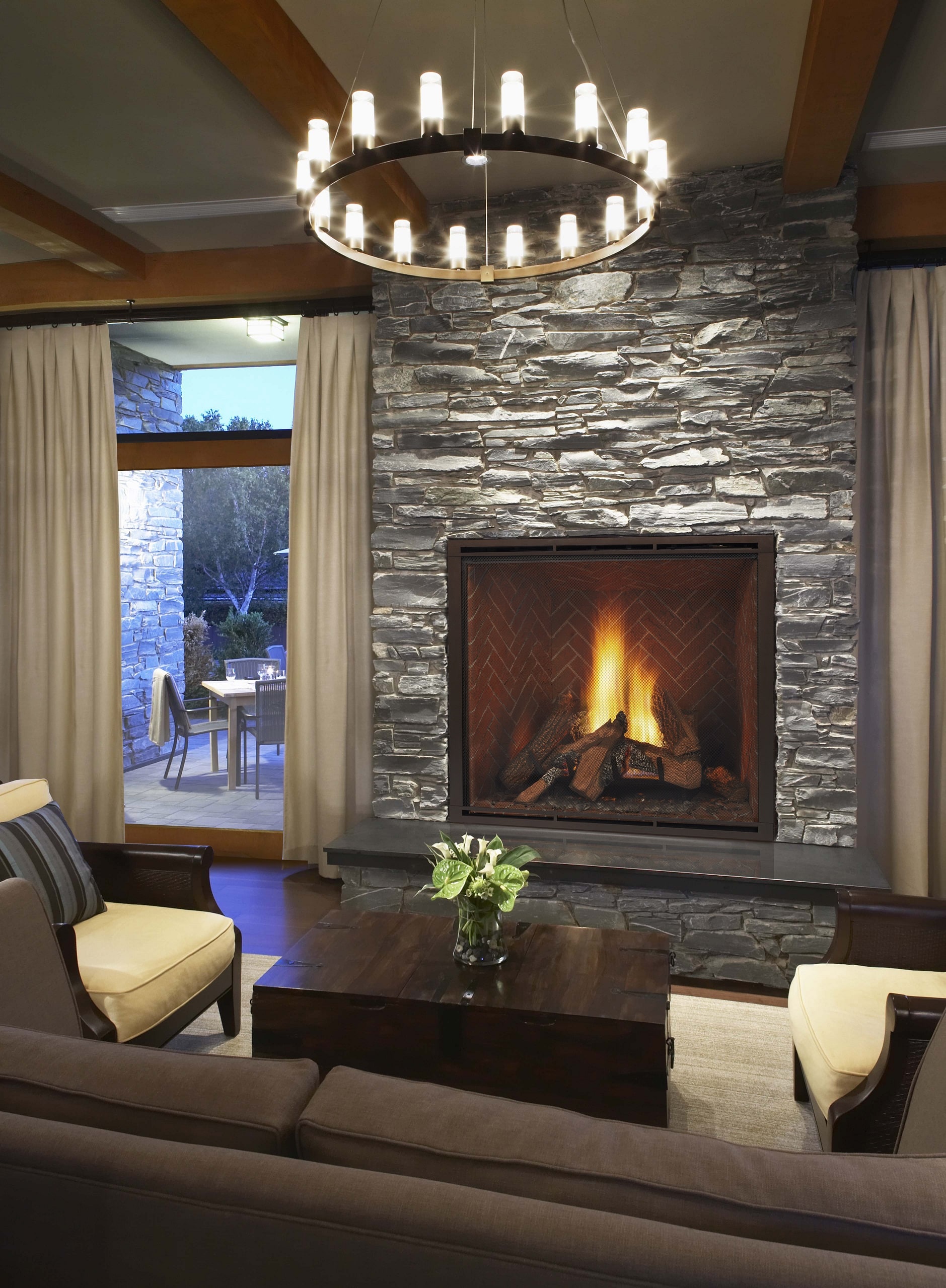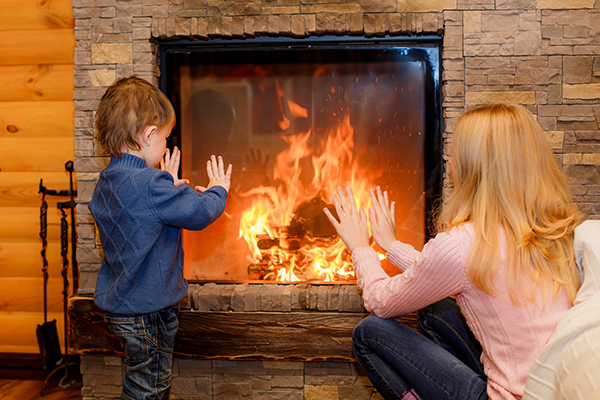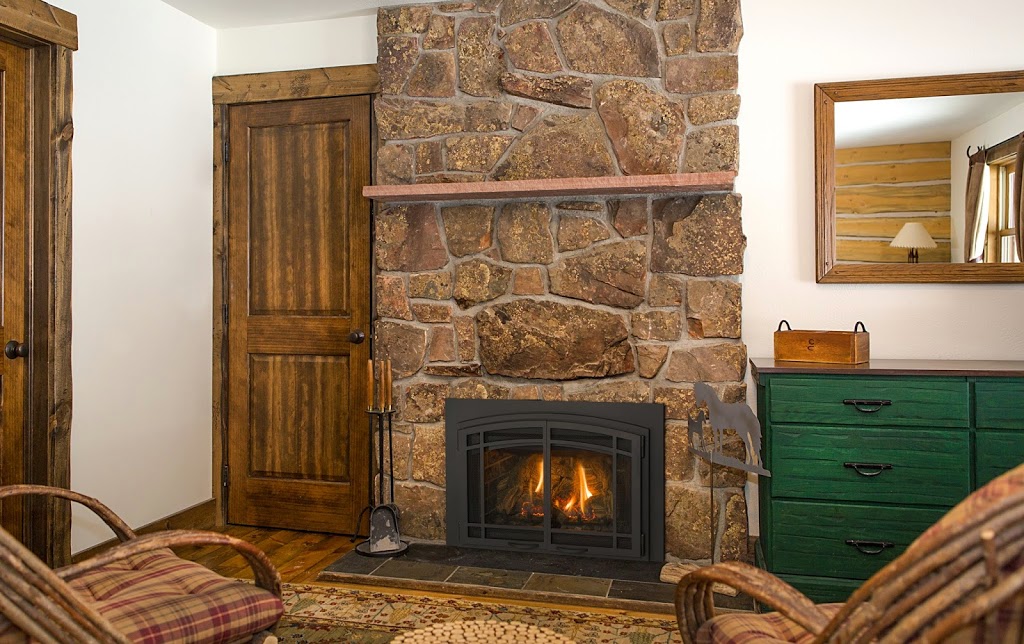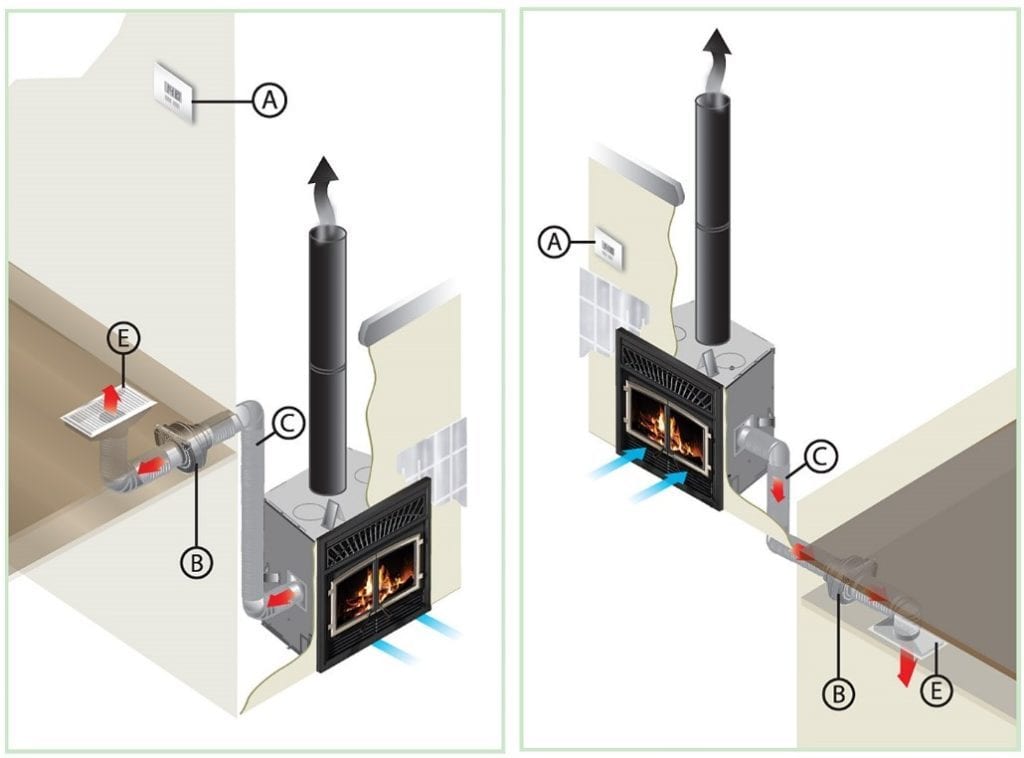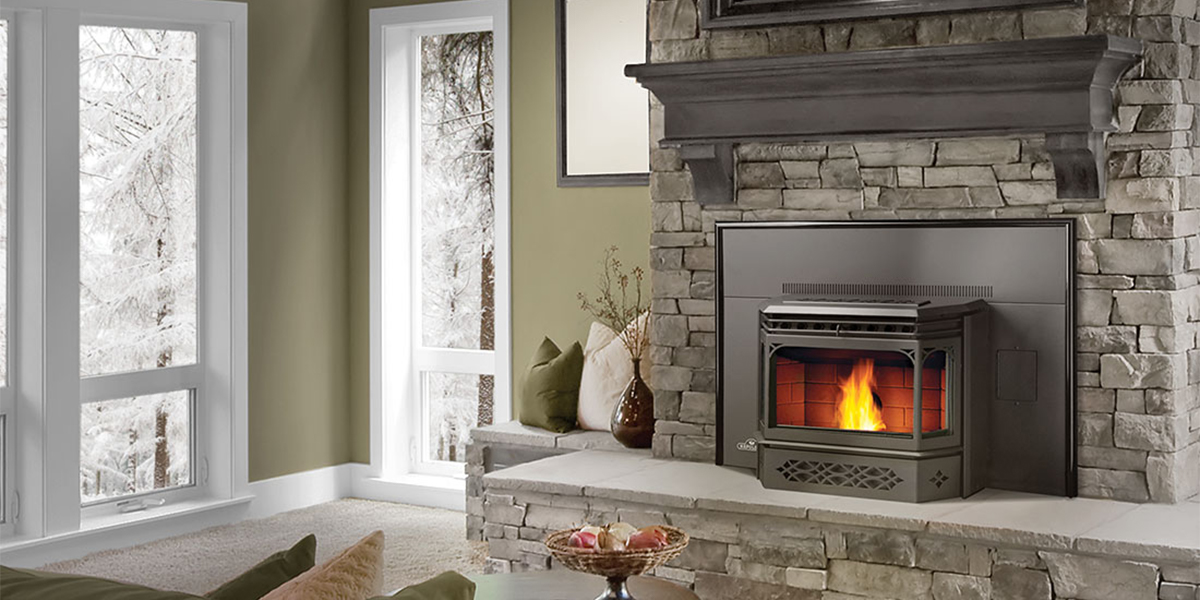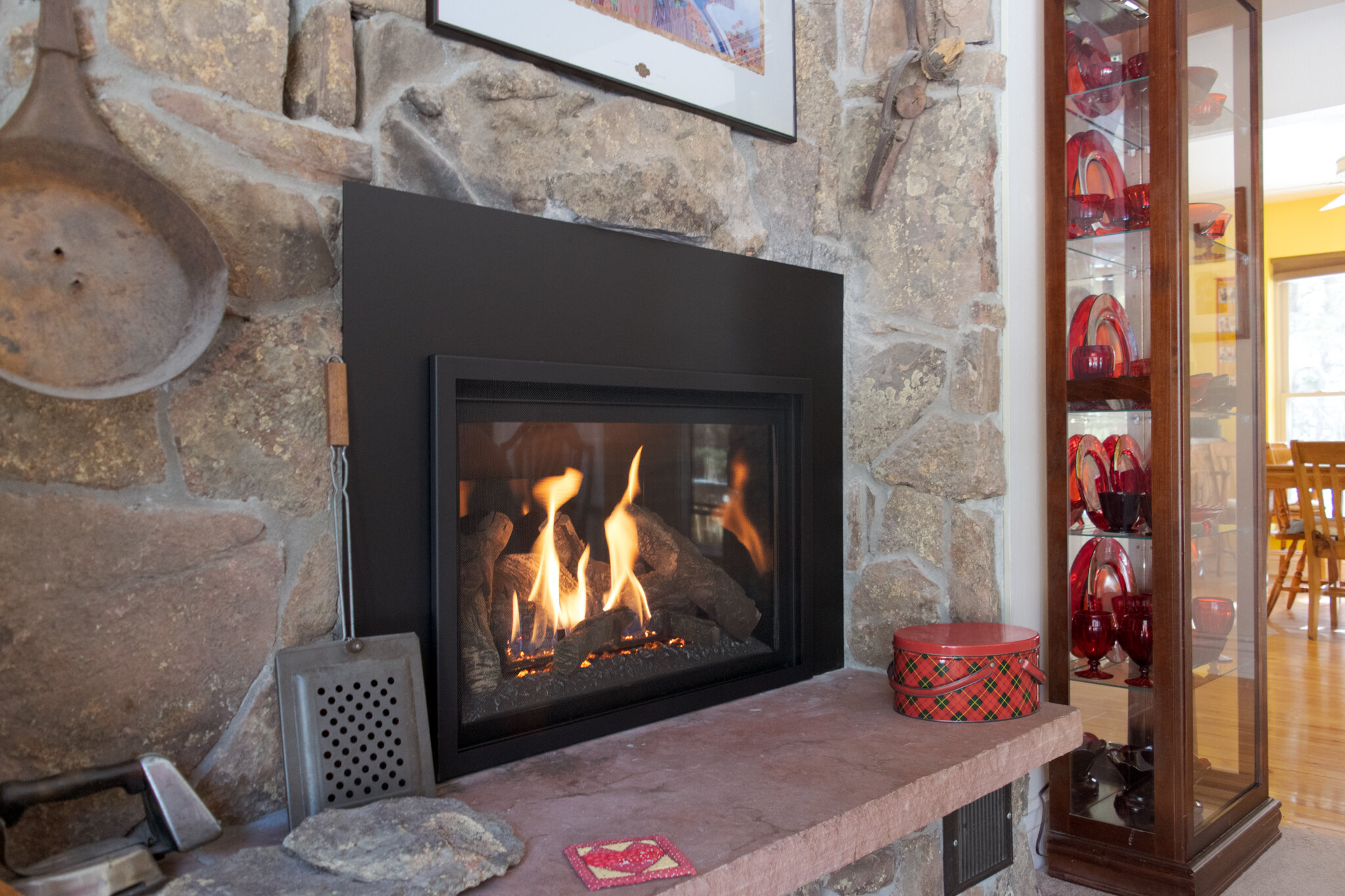How Gas Fireplaces Provide Efficient Home Heating
Gas fireplaces offer an effective heating solution that combines warmth with aesthetic appeal. These units convert up to 90% of their fuel into usable heat, making them more efficient than traditional wood-burning options. The sealed combustion systems prevent heat loss through chimneys, directing warmth into living spaces. Many models include adjustable thermostats and programmable timers for precise temperature control throughout the home.
Modern gas fireplaces distribute heat evenly using built-in blowers that circulate warm air. Unlike central heating systems that lose heat through ductwork, gas fireplaces deliver warmth directly where it’s needed most. The zone heating approach allows homeowners to lower their primary thermostat while keeping frequently used spaces comfortably warm. This targeted heating method can significantly reduce overall energy consumption during colder months.
Installation flexibility makes gas fireplaces suitable for various home layouts. Vent-free models require no chimney, while direct-vent options offer safer operation with exterior venting. Homeowners can choose between inserts for existing fireplaces or standalone units for rooms lacking traditional hearths. The variety of sizes and heat outputs (measured in BTUs) ensures there’s an appropriate model for spaces ranging from small apartments to large great rooms.
Comparing Gas Fireplaces to Other Heating Methods
Gas fireplaces provide several advantages over electric space heaters and wood-burning alternatives. They generate more heat per dollar than electric units, especially in areas with affordable natural gas prices. The flames create radiant heat that warms objects and people directly, rather than just heating air like forced-air systems. This results in more comfortable warmth that persists even when the unit cycles off.
Unlike wood-burning fireplaces, gas models eliminate the mess of ashes and soot. They start instantly with the flip of a switch or remote control, providing immediate warmth without kindling or waiting. Gas fireplaces maintain consistent temperatures without the fluctuating heat output of wood fires. The sealed glass fronts prevent drafts when not in use, unlike traditional fireplaces that draw warm air up the chimney.
Maintenance requirements favor gas fireplaces over other options. Annual inspections and occasional cleaning suffice, compared to wood burners needing frequent ash removal and chimney sweeping. Gas units don’t require fuel storage space like wood or pellet stoves. The absence of creosote buildup eliminates a major fire hazard associated with wood-burning systems, making gas a safer long-term heating solution.

Choosing the Right Gas Fireplace for Your Home
Selecting an appropriate gas fireplace involves considering room size, fuel type, and installation requirements. Measure the square footage of the space to determine the necessary BTU rating – typically 25-35 BTUs per square foot in colder climates. Natural gas models offer lower operating costs where gas lines exist, while propane versions work well for rural homes. Direct-vent units provide the safest operation by drawing combustion air from outside.
Style options range from traditional mantel packages to sleek linear designs. Traditional models feature realistic ceramic logs and ornate surrounds, while contemporary units showcase minimalist fire beds and clean lines. Consider the visual impact from both lit and unlit states, as the fireplace becomes a year-round design element. Many manufacturers offer customizable surrounds, media options, and flame effects to match different decor styles.
Professional installation ensures optimal performance and safety. Certified technicians properly size gas lines, install venting systems, and position units for maximum heat distribution. They’ll verify clearances to combustible materials and ensure proper oxygen sensors and safety shutoffs function correctly. Quality installation maximizes efficiency while meeting all local building codes and manufacturer specifications.
Operating Costs and Energy Efficiency
Gas fireplace operating expenses vary based on local fuel prices and usage patterns. Natural gas typically costs less than propane, with current averages showing gas fireplaces costing 0.20−0.40 per hour to operate. High-efficiency condensing models can reduce fuel consumption by 15-20% compared to standard units. Programmable thermostats and zone heating strategies help further control energy use.
The efficiency rating (AFUE) indicates how effectively the unit converts gas to heat. Look for models rated at least 70% AFUE, with premium units reaching 90% or higher. Vent-free fireplaces achieve 99% efficiency but require careful sizing to prevent over-humidification. EPA-certified models meet strict emissions standards while delivering excellent heat output. These efficient designs provide more warmth per therm of gas burned.
Long-term savings come from reduced reliance on central heating systems. By supplementing primary heat sources, gas fireplaces allow homeowners to lower their thermostat settings. The U.S. Department of Energy estimates that zoning with space heaters can save 5-15% on annual heating bills. Properly used gas fireplaces often pay for themselves in energy savings within several heating seasons.
Safety Features and Proper Maintenance
Modern gas fireplaces incorporate multiple safety mechanisms for worry-free operation. Oxygen depletion sensors automatically shut off the unit if indoor air quality deteriorates. Safety screens prevent contact with hot glass surfaces, especially important for homes with children or pets. The sealed combustion systems of direct-vent models eliminate concerns about backdrafting or indoor air pollution.
Routine maintenance preserves both safety and performance. Annual professional inspections should verify proper gas pressure, clean burner assemblies, and check venting systems. Homeowners can clean glass doors with approved cleaners and remove dust from fan intakes. Regularly testing carbon monoxide detectors near gas appliances provides additional safety assurance. Keeping flammable materials at least three feet from the unit prevents fire hazards.
Proper ventilation remains crucial for safe operation. Direct-vent models draw combustion air from outside, making them ideal for tightly sealed homes. Vent-free units require adequate room air exchange and should never be used in bedrooms or small, enclosed spaces. Following manufacturer guidelines for clearances and installation locations ensures safe, efficient performance throughout the heating season.
Enhancing Home Value and Comfort
Gas fireplaces add both functional and aesthetic value to residential properties. Real estate professionals estimate that attractive fireplaces can increase home value by 6-12% in many markets. The ambiance created by realistic flames makes living spaces more inviting during cold weather months. This combination of practical heating and visual appeal makes gas fireplaces a worthwhile investment for homeowners.
The psychological benefits of fireplace warmth shouldn’t be underestimated. Studies show that people perceive rooms with fireplaces as significantly warmer than their actual temperature. This allows homeowners to maintain lower thermostat settings while still feeling comfortable. The flickering flames create a relaxing atmosphere that electric heaters simply can’t replicate, making gas fireplaces ideal for creating cozy gathering spaces.
Year-round usability adds to the fireplace’s value proposition. Many homeowners enjoy the visual appeal of their gas fireplace even when not using it for heat. Modern units with adjustable flame settings allow use during mild weather without overheating the room. Some models incorporate decorative media like crystals or pebbles that look attractive with or without flames, making the fireplace a permanent design asset.
Stay Warm and Cozy with a Gas Fireplace Kozy Heat Fireplaces
Can a Fireplace Heat my Whole House?
Moving Hot Air: How to Heat Your House Using Your Fireplace
Hearth and Home Technologies Recalls Gas Fireplaces, Stoves
Gas Fireplaces – A Convenient Source of Heat for Your Family
Related Posts:
